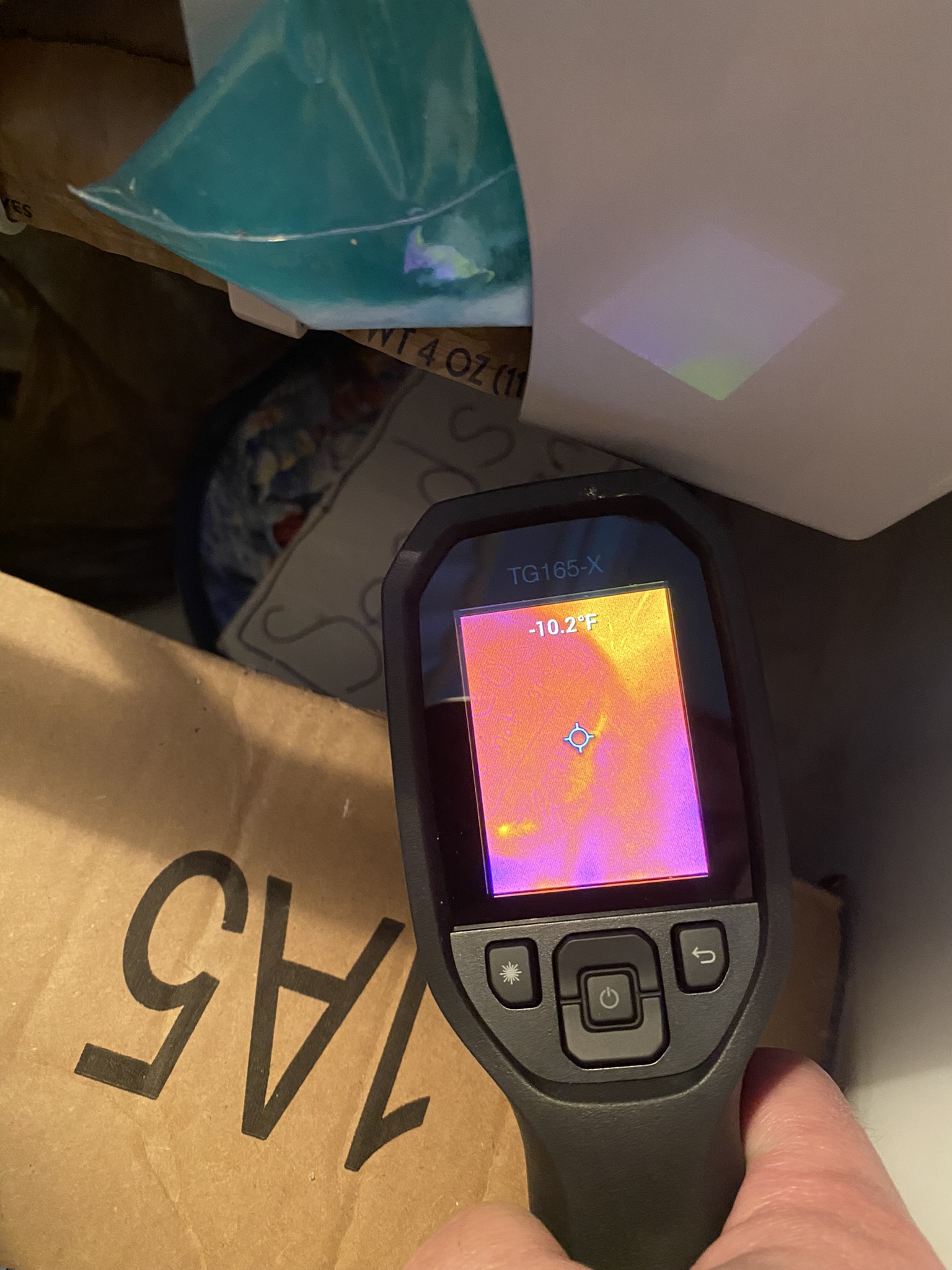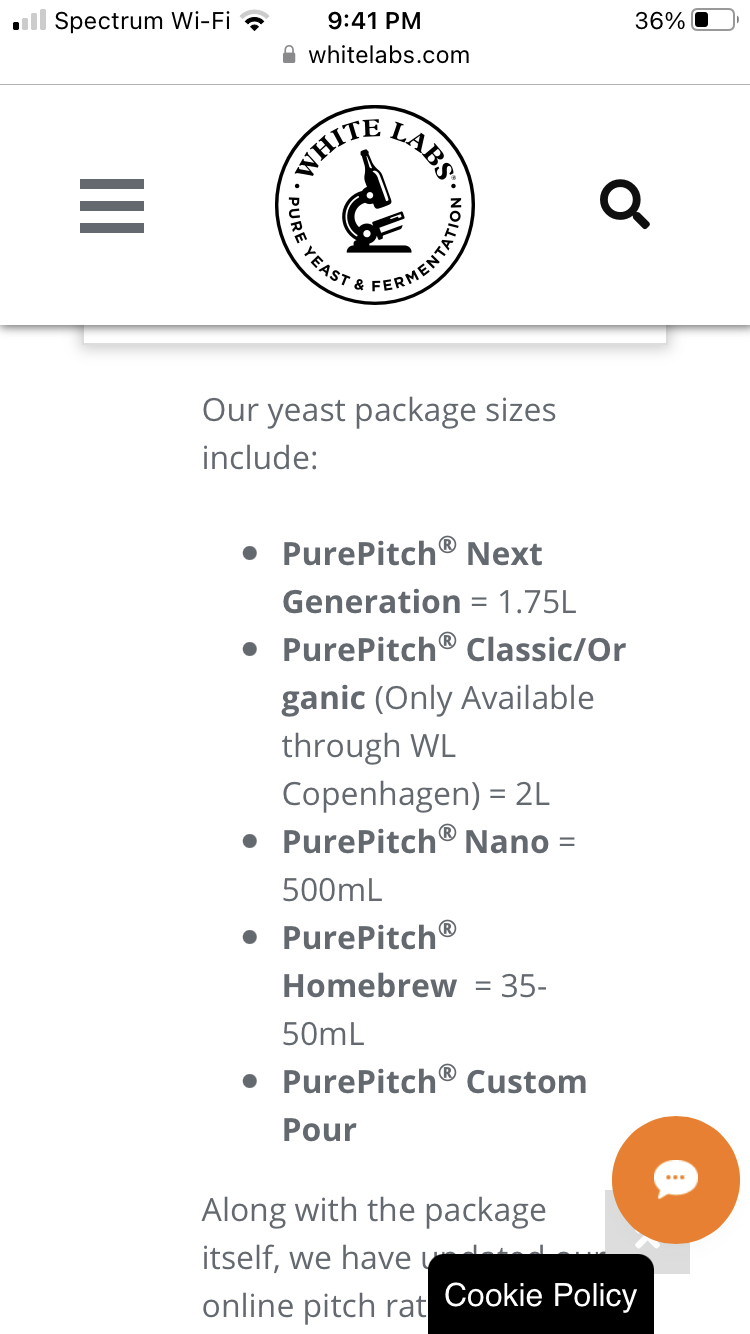I brew infrequently and small batches. Due to life events I haven’t brewed since the first weeks of the year. I just had a window to brew in and all I was lacking was the yeast. All my Pure Pitch packs expired in May. That got me thinking. I have all the gear for making a starter (that was supposed to be the next skill I was going to develop this year before life got in the way. Why don’t I take some time to make a small yeast bank of the strains I use the most. Honestly, probably just a lot of WLP 530 and some wlp540/wlp500. I’m thinking go following the guidelines set out in (Frozen Stock)
Maintaining A Healthy Yeast Bank Long Term
I do have a few questions though that I’m hoping you all can give some guidance on.
1. I’d be making the starter that gets split into the vials straight from a Pure Pitch pack. Would you adjust how big a started you make based on the age of the pack?
2. The cell counts of those starter vials that end up being frozen seem low for someone who is making high gravity Belgians. As long as the ratios stay the same, any issue with cranking up the volumes? Obviously means more math for me though.
3. Does it have to be frozen to -20? My wife keeps our freezer a bit warmer.
4. Any suggested places for the equipment like vials and glycerin?
Maintaining A Healthy Yeast Bank Long Term
I do have a few questions though that I’m hoping you all can give some guidance on.
1. I’d be making the starter that gets split into the vials straight from a Pure Pitch pack. Would you adjust how big a started you make based on the age of the pack?
2. The cell counts of those starter vials that end up being frozen seem low for someone who is making high gravity Belgians. As long as the ratios stay the same, any issue with cranking up the volumes? Obviously means more math for me though.
3. Does it have to be frozen to -20? My wife keeps our freezer a bit warmer.
4. Any suggested places for the equipment like vials and glycerin?






























![Craft A Brew - Safale BE-256 Yeast - Fermentis - Belgian Ale Dry Yeast - For Belgian & Strong Ales - Ingredients for Home Brewing - Beer Making Supplies - [3 Pack]](https://m.media-amazon.com/images/I/51bcKEwQmWL._SL500_.jpg)






























